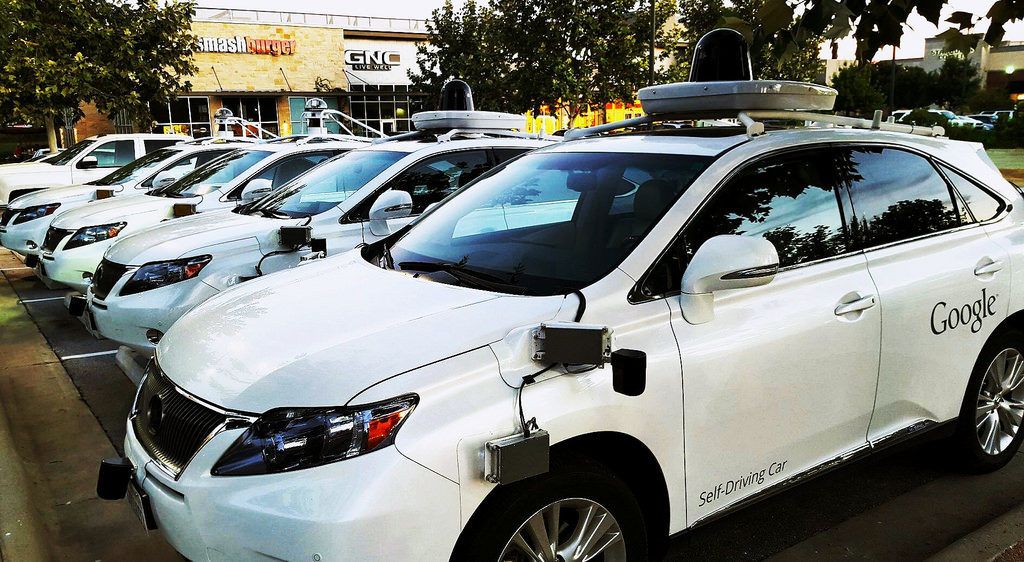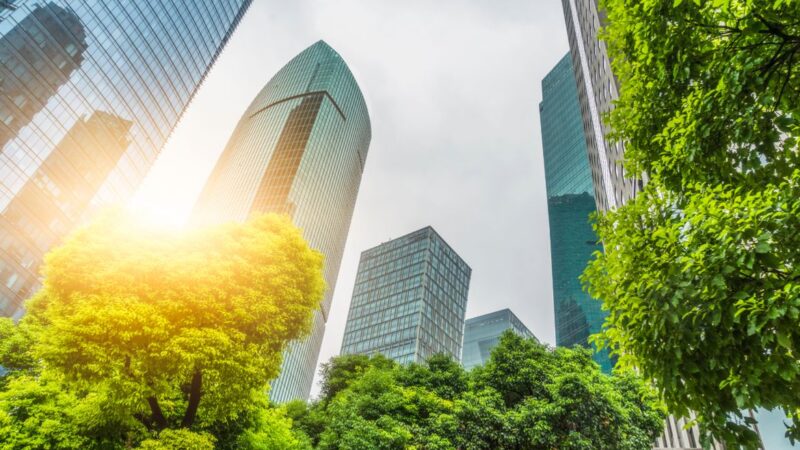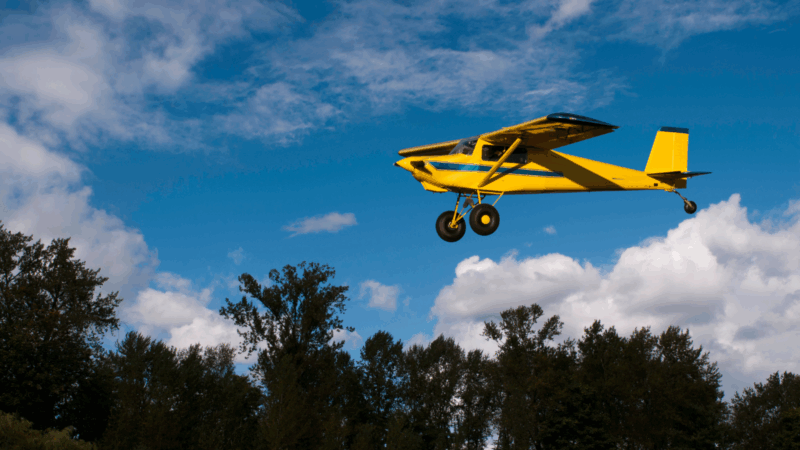
Could the next car you buy be your last?
For better or worse, car ownership has been as American as apple pie for the past century, but that chapter may soon be coming to a close—particularly in cities—as new technology continues to transform how we get around.
For better or worse, car ownership has been as American as apple pie for the past century, but that chapter may soon be coming to a close—particularly in cities—as new technology continues to transform how we get around.
Many have already noted this looming reality, but how soon will it happen? And how will it affect other parts of cities, like buildings and infrastructure? Those were some of the questions posed at a recent panel and roundtable discussion on “emerging trends in the built environment,” produced by UCLA Institute of the Environment and Sustainability and held in in downtown Los Angeles at Gensler, an international architectural firm.
Keynote speaker Andy Cohen, Co-CEO of Gensler, said he expects driverless cars to be fully implemented in American society within ten to fifteen years. 260 million cars currently occupy America’s streets. Driverless cars, combined with ridesharing, would dramatically decrease that number while reducing carbon emissions. The increased efficiency would also open streets and eliminate the need for parking in many places. Space currently allocated for parking could become areas for drop off—as well as opportunities to create more green spaces.
“Think about malls with seas of parking and that opportunity for green space, for amenity space, for developable space, for sustainable areas,” Cohen said. “Think about all the parking that’s in the middle of LAX. We’re already talking with them … about all these structures being converted into drop off and pickup areas.”
Other speakers included Daniel Emmett of Next Energy Technologies, Inc., Nurit Katz, chief sustainability officer at UCLA, Russell Fortmeyer of built environment firm Arup, and Steve Straus of engineering firm Glumac. The event was produced as part of the Institute of the Environment and Sustainability’s Corporate Partners Program, which seeks to connect UCLA students and faculty with business leaders to “develop, discuss and disseminate best practices that enhance sustainability.”
The event showcased what appears to be a more sustainable future, highlighting emerging trends, technologies and practices:
- Steve Straus said the WELL Building Standard, which focuses on promoting more healthful conditions in buildings around the world, increases productivity among office workers. By improving the air and water of corporate spaces, employees prosper as businesses become more sustainable.
- Daniel Emmett spoke about his company’s solar panel windows, which function exactly like regular windows but with an added solar film that collects energy.
- Russell Fortmeyer discussed ‘net zero’ energy buildings—where the total energy consumed is equal to the total energy generated—and the difference between offsetting emissions as opposed to not creating any in the first place.
- Nurit Katz talked about University of California’s ambitious plan to emit ‘net zero’ greenhouse gases from buildings and vehicles by 2025, as well as specific UCLA initiatives such as Bruin Bike Share, which provides short-term bicycle rentals as a sustainable transportation alternative.
After the panel spoke, the audience broke into roundtable discussions to expand on the topics. Cristina Lucas and Allen Vo, members of the LA 2028 Olympic Organizing Committee, said some of the technologies presented discussed at the event could play a role in the L.A. Olympic Games, which are 11 years away.
“When it comes to the Games, obviously you have to transport thousands and thousands of people around the city and region. I think there’s a huge opportunity to integrate technology like autonomous driving,” Lucas said.
IMAGE: Google self-driving cars. | Photo via flickr.com/austintx.




